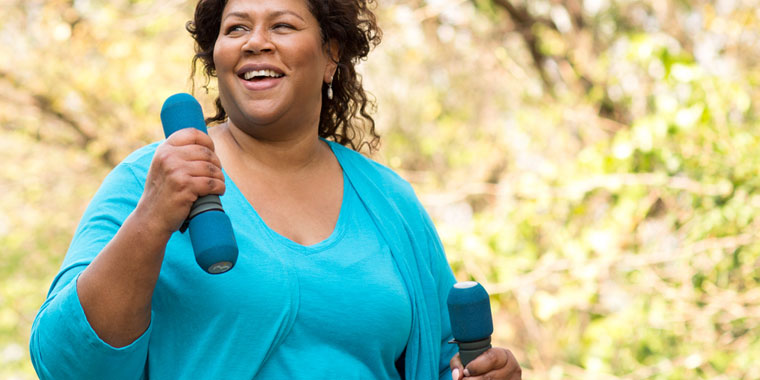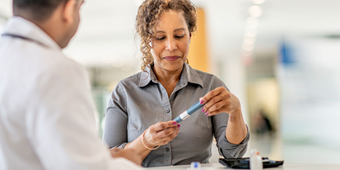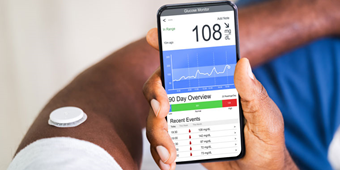How African Americans Can Lower Their High Diabetes Risk

Find Your Perfect Match
Answer a few questions and we'll provide you with a list of primary care providers that best fit your needs.
Nearly 19 percent of African Americans age 20 or older have diagnosed or undiagnosed diabetes, according to the American Diabetes Association. That’s in sharp contrast to about 7.1 percent of non-Hispanic white Americans.
MiLinda Zabramba, MD, Program Medical Director at Miami Valley North Hospital, told Premier Health Now that African Americans are 60-70 percent more likely to get type 2 diabetes than whites.
She says other risk factors, in addition to being African American, include being overweight, having a history of high blood pressure, or a family history of diabetes. One study has shown that extra weight and fat around the abdomen are the main reasons that Black Americans have higher rates of diabetes compared to white Americans.
The health consequences of diabetes are numerous: heart disease, amputations due to poor circulation, dialysis due to kidney disease, vision problems.
“Diabetes also contributes to more serious complications with viral illnesses, including COVID-19. People with diabetes are at increased risk of hospitalization and even death,” Dr. Zabramba says.
Yet, prediabetes is preventable and even reversible. Three of the most important things you can do to avoid diabetes and its complications include:
- Schedule regular doctor visits to determine if you have diabetes or pre-diabetes. This is especially true if you have family members who suffer from the disease.
- Maintain a healthy weight. Even losing 5 percent of your body weight (that would be 10 pounds in a 200-pound person) decreases body fat, abdominal fat, and fat in the liver, according to a National Institutes of Health study. It also decreases plasma levels of glucose, insulin, triglycerides, and leptin, which are risk factors for heart disease and diabetes.
- Physical activity such as walking half an hour a day, or other low- to moderate-intensity exercise can reduce your risk of developing type 2 diabetes by 58 percent, if combined with a low-fat diet, according to another National Institutes of Health study.
“Employers can encourage their employees to make healthy lifestyle choices, but I urge people to take it upon themselves to take care of their own health,” Dr. Zabramba concludes.
Find Your Perfect Match
Answer a few questions and we'll provide you with a list of primary care providers that best fit your needs.
Sources: MiLinda Zabramba, MD, Program Medical Director at Miami Valley North Hospital; WDTN; National Institutes of Health; American Diabetes Association





